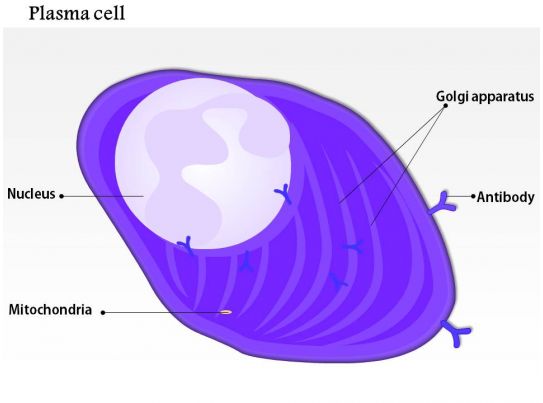The Major Components of Human Blood

Plasma: When plasma is centrifuged. The blood plasma is a light yellow liquid, similar to the color of straw. Along with water, plasma carries salts and enzymes. The primary purpose of plasma is to transport nutrients, hormones, and proteins to the parts of the body that need it.
 White Blood Cells: White blood cell are the cells that are responsible for fighting infection and disease. The number of white blood cells increases when a person is fighting an infection or a disease and decreases when a person is healthy.
White Blood Cells: White blood cell are the cells that are responsible for fighting infection and disease. The number of white blood cells increases when a person is fighting an infection or a disease and decreases when a person is healthy. Red Blood Cells: Red blood cells are contain a chemical called hemoglobin that carries oxygen around your body. Red blood cells are made inside your bone, the Bone marrow.
Red Blood Cells: Red blood cells are contain a chemical called hemoglobin that carries oxygen around your body. Red blood cells are made inside your bone, the Bone marrow.
When breathing in the diaphragm contracts to expand the chest cavity. The Diaphragm then flattens and moves downwards. The air then moves through your windpipe which is called the Trachea. The Trachea which then divides into two passage ways, the Bronchi. The air which then moves into a more narrow and tighter space that is called the Bronchioles. At the end of the Bronchioles there is a group of tiny air sacs. These air sacs have bulges called Alveoli, to increase their surface area and speed up the absorption of oxygen. In the alveoli the Carbon Dioxide that comes from the body switches up with the Oxygen that came from your Trachea, after the switching process we breathe out thus making our diaphragm relaxes and returns to its original position pushing the Carbon Dioxide out from the body.
Well done Ivan! Thanks for making the effort to create and share with me this blog post. You will find it helps you when you come to do the end of topic test. I think you'll find it even more helpful if you put things in your own words = next time annotate (label) the diagrams yourself.
ReplyDelete